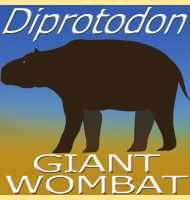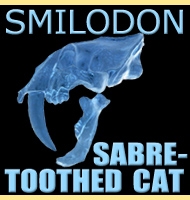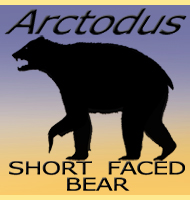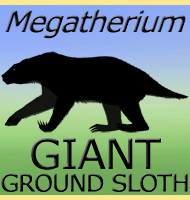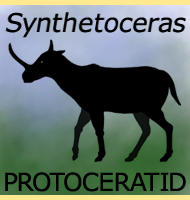


Penghusuchus
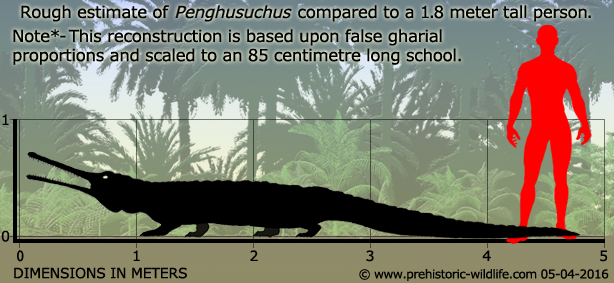
Name:
Penghusuchus.
Phonetic: Pen-gu-su-kus.
Named By: H.-Y. Shan, X.-C. Wu, Y.-N.
Cheng & T. Sato - 2009.
Classification: Chordata, Reptilia,
Crocodylomorpha, Crocodilia, Tomistominae.
Species: P. pani (type).
Diet: Carnivore/Piscivore.
Size: Holotype skull roughly about 85
centimetres long.
Known locations: Taiwan - Yuwentao Formation.
Time period: Late Miocene.
Fossil representation: Partial skull and partial
post cranial remains.
Penghusuchus is a genus of tomistomine crocodile that lived in what is now Taiwan during the late Miocene. Penghusuchus is noted as having a similarity to the modern day false gharial as well as Toyotamaphimeia which lived in Japan during the Pleistocene. With a skull length up to 85 centimetres long, Penghusuchus would have been a medium to large crocodile.
Further reading
- A new tomistomine (Crocodylia) from the Miocene of Taiwan. -
Canadian Journal of Earth Sciences 46:529-555. - H.-Y. Shan,
X.-C. Wu, Y.-N. Cheng & T. Sato - 2009.
----------------------------------------------------------------------------
Random favourites
 |
 |
 |
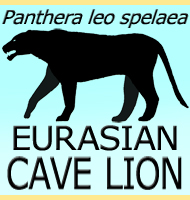 |
